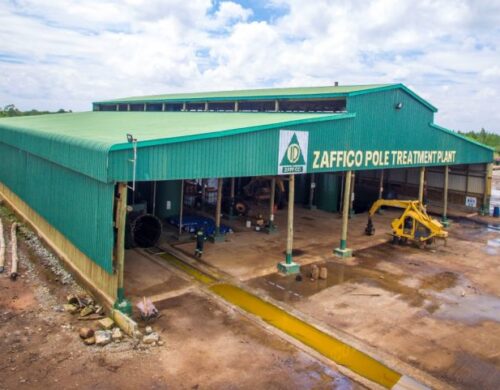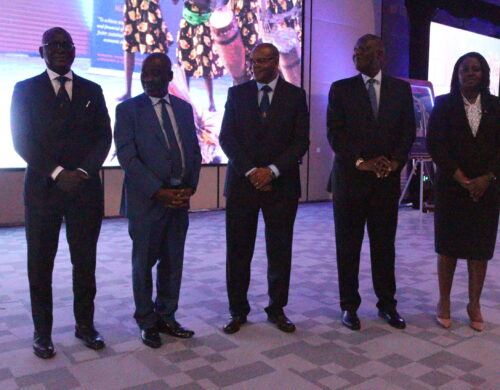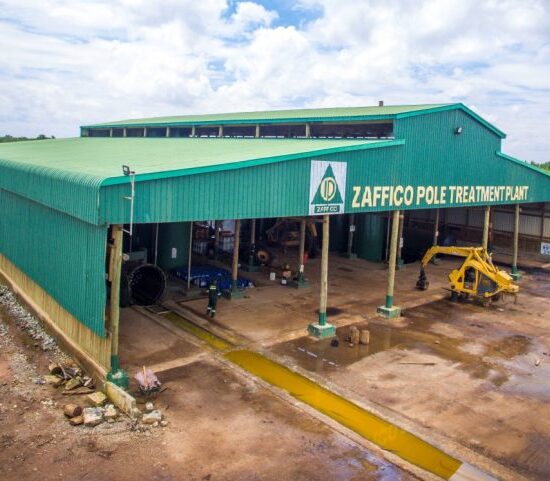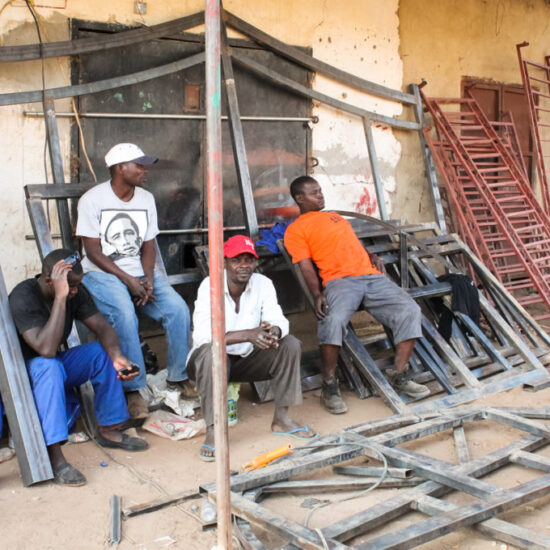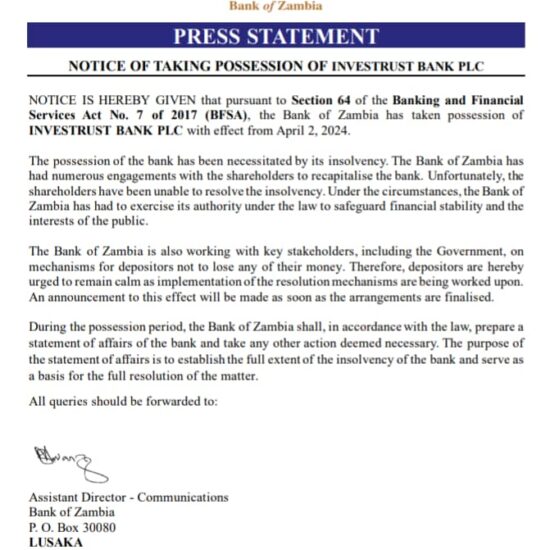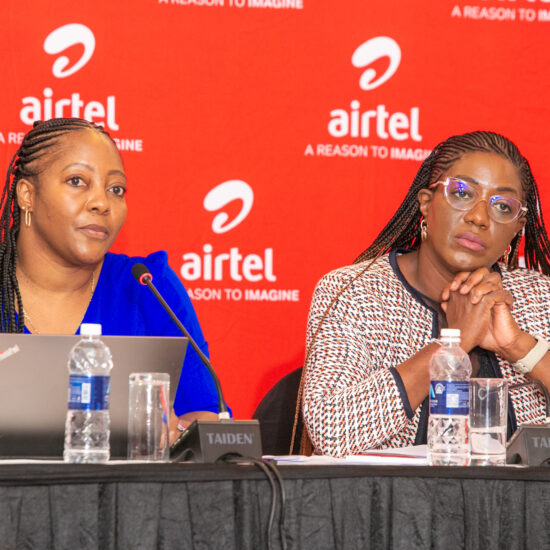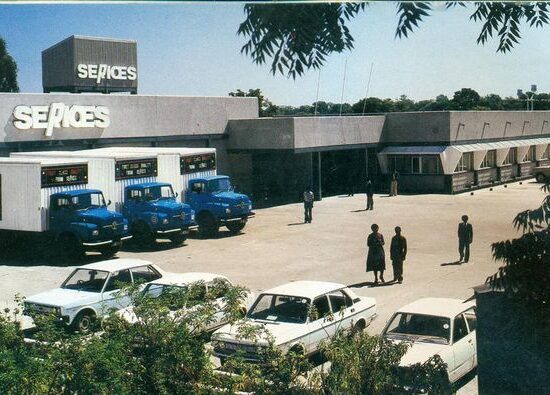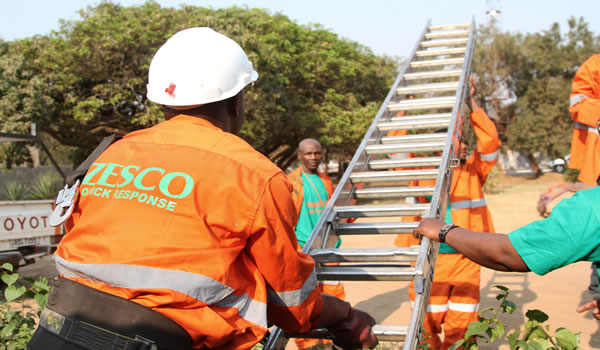
Zambia’s energy giant – ZESCO Limited is working towards making Zambia a net exporter of electricity for the Southern African region by the year 2025. This will make the power utility to become a major contributor to forex earnings for the country which is key to stabilizing the Kwacha.
The power utility company is currently taking steps towards ensuring that this projection becomes a reality by investing in a number of power generation projects in the country. There are also some independent power producers – IPP projects that are expected to further increase the country’s energy output.
Speaking in an exclusive interview with the Zambian Business Time- ZBT, ZESCO Senior Manager, Corporate Affairs, Dr. John Kunda, said the company’s five-year projection was to become a trade hub for electricity for Southern Africa.
Dr. Kunda said that, to this effect, the company has been investing in power generation projects that will significantly contribute to the national grid, with the excess to be exported.
He cited some of the projects such as the 750 Megawatts Kafue Gorge Lower (KGL) hydroelectric power station, Lusiwasi hydro power project and the Luapula Hydroelectric project the Batoka Gorge Hydroelectric Power Station, among others.
“So the five-year projection for ZESCO is to become the net exporter of electricity in the region, this target is to be reach by the year 2025,” Dr Kunda said. When asked on the progress for the development of the Luapula Hydro project, he explained that the Luapula hydro project is currently at feasibility stage.
Dr Kunda explained that apart from having a rich energy mix with both solar and hydro power, ZESCO was looking to have a scenario where Zambia becomes self-sufficient as a country.
He noted that the current demand for electricity as a country is about 2,300 megawatts at peak and by 2025; the projected generation capacity will be at about 3,550 megawatts. This is expected to provide a surplus.
Dr Kunda said that, this means that ZESCO will have excess electricity to export to neighboring countries by 2025 thereby earning forex income for the country. Power exports are projected to become a major contributor to Zambia’s forex earnings.
“In terms of solar, we are currently injecting about 86MW into the national grid. We are also working on the Lusaka Distribution and Transmission Rehabilitation Project which is being funded by the European Investment Bank and the World Bank at a total cost of about US$260 million.
“The purpose of this project is to upgrade the transmission and distribution network so that it is stable, that is, it provides reliable and consistent power.
We are also upgrading a number of substations such as the one at Leopards Hill in Lusaka, the Water Works one along Tokyo way and the one in Roma in Lusaka. This is to ensure efficiency and stability in power supply for Zambia’s capital,” he said.
He observed that some of the outages in electricity supply that are usually experienced in some parts of the country were as a result of a network that is old or unstable. This is however being upgraded.
Dr. Kunda said, “We are also working on a number of interconnectors that should be able to assist in the transmission of power in the region like taking power to Zimbabwe, Botswana, South Africa, Angola, Tanzania and Namibia. Power Trading is also projected to significantly increase.
